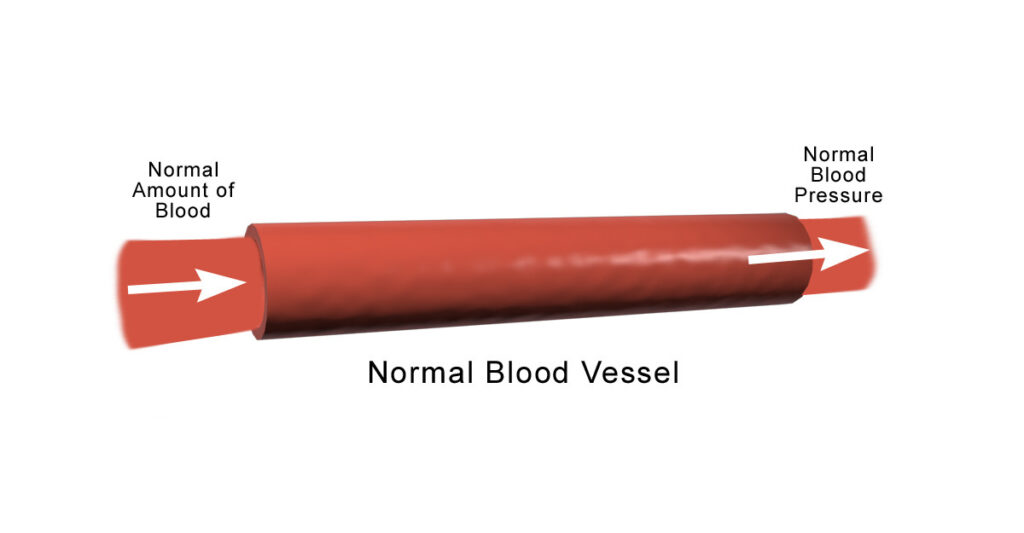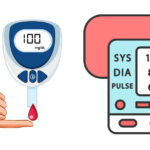It is common to google for ‘normal blood pressure’, or ‘normal bp’. But what does ‘normal’ mean for different age groups? Is true that men in general have higher blood pressure than women?
Normal bp for adults
The American Heart Association defines the normal range of blood pressure between 120/80 mm Hg and 90/60 mm Hg. Follow a balanced diet and exercise regularly if your results fall into this category.
Normal bp for children and teens
Birth, 12 hours: 50-70/25-45
Neonate, 96 hours: 60-90/20-60
Infant, 6 months: 87-105/53-66
Toddler, 2 years: 95-10553-66
School age, 7 years: 97-112/57-71
Adolescent, 15 years: 112-128/66-88
Normal bp: men vs women
Men are more likely than premenopausal women to suffer from cardiovascular and renal diseases. According to recent studies using 24-hour ambulatory blood pressure monitoring, men at similar ages have higher blood pressure than women. Women’s blood pressure increases even more after menopause than men’s.
What do blood pressure readings mean?
Heart pumps blood against artery walls, creating blood pressure. During blood pressure measurement, a health care professional tightens and gradually loosens a blood pressure cuff around your arm. Two numbers are given as results. A systolic blood pressure reading measures how much pressure your heart exerts when it contracts and pushes out blood. Diastolic blood pressure measures the pressure when your heart relaxes and fills with blood.
Which one is the more important number?
For people over 50, systolic blood pressure (the first number) is usually considered a major risk factor for cardiovascular disease. A person’s systolic blood pressure rises steadily with age due to stiffening of large arteries, long-term plaque buildup, and an increase in cardiac and vascular disease.
To diagnose high blood pressure, either an elevated systolic or diastolic reading can be used. The risk of dying from ischemic heart disease and stroke doubles with every 20 mm Hg systolic or 10 mm Hg diastolic increase among people aged 40-89.
Why blood pressure is measured in mm Hg
A millimeter of mercury is abbreviated as mm Hg. Pressure gauges were built with mercury in the early days, and it is still used in medicine today as the standard unit of measurement.





